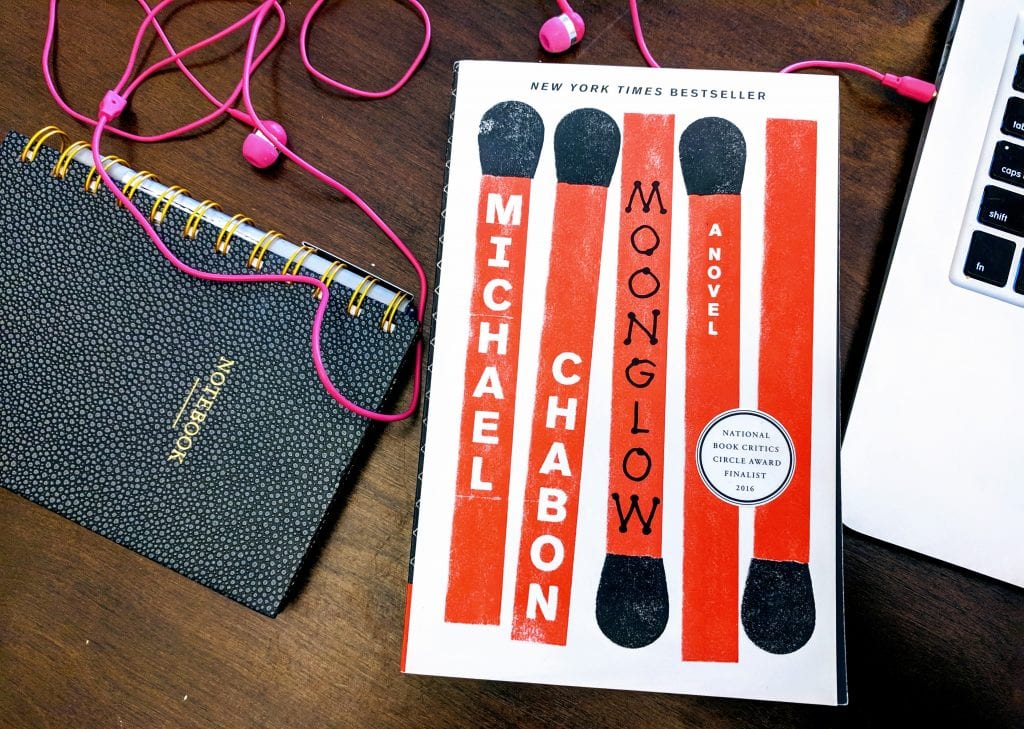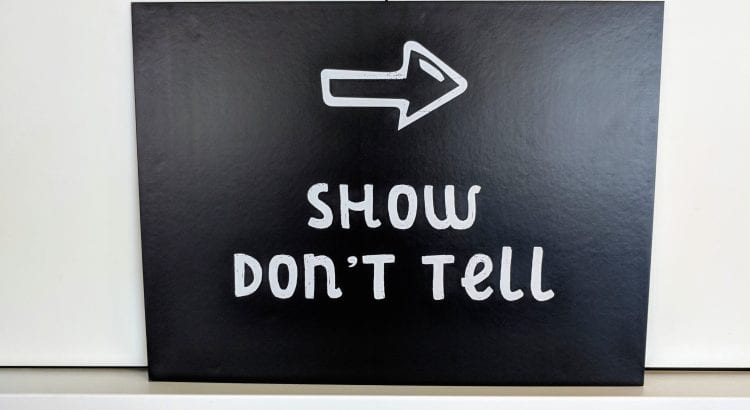Showing (ie. I grabbed my back and fell to the floor. I was going to have to crawl from bed to bathroom.) not telling (ie. My back really hurt when I woke up this morning.) offers a better reading experience, whether you’re consuming a case study, a magazine article, or a new novel. But it’s surprisingly hard to do when you’re writing. (I always think first drafts are where you “tell” as you get the structure of a piece down. When you edit, you can find the places where “showing” would be better.)
Details, details, details.
Details are key to showing a reader what’s happening or what something looks/ feels like, says Jessica Brody, author of “Save the Cat! Writes a Novel: The Last Book on Novel Writing You’ll Every Need.”
“To bring your reader into your fictional world, you need to offer data for all the senses. You want to make sure your readers see the rain’s shadow, taste the bitterness of bad soup, feel the roughness of unshaved skin, smell the spoiled pizza after an all-night party, hear the tires screech during the accident.”
Chris Lombardi, “Gotham Writers Handbook”
“Show don’t tell” encompasses not only physical descriptions, but the way a story unfolds for the reader too. I think this is especially true considering how TV- and film-savvy readers are now. The omniscient narrator is so old-fashioned for a reason. We’d rather be in the moment, experiencing the situation with the characters, even if it’s a story in the past tense.
I’ve been binge-watching the TV show “New Amsterdam” during this #DeepFreeze, and the first episode is a great example. We see Max Goodwin wake up in a basically bare apartment. We don’t know his story, yet, so when a pregnant woman calls him and asks how the apartment is and how his first day at the hospital is going, our perception of him changes. He’s the father, clearly, and she asked about the apartment, so maybe he just moved to this city and she’s heading here soon? It isn’t until further on in the episode, through another “show don’t tell” sorta scene, that we realize they’re in the same city — they’ve just broken up.
“Show don’t tell” is a smart (not necessarily slow) reveal. And details enrich how you do it.

One of my favorite “show don’t tell” examples is one of thousands in Michael Chabon’s 2016 book “Moonglow.”
This simile has really stuck with me. Have you ever read a better description of what your elementary school smelled like than this?:
“He pressed his nose against her hair and breathed in her school smell, a smell like the flavor of a postage stamp.”
